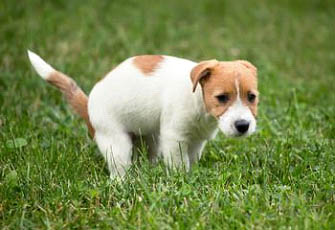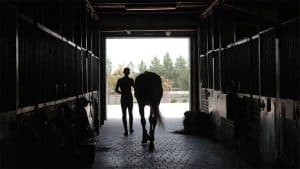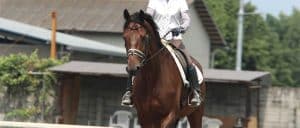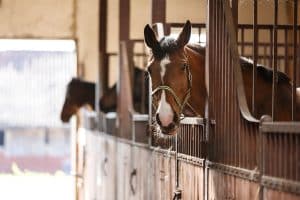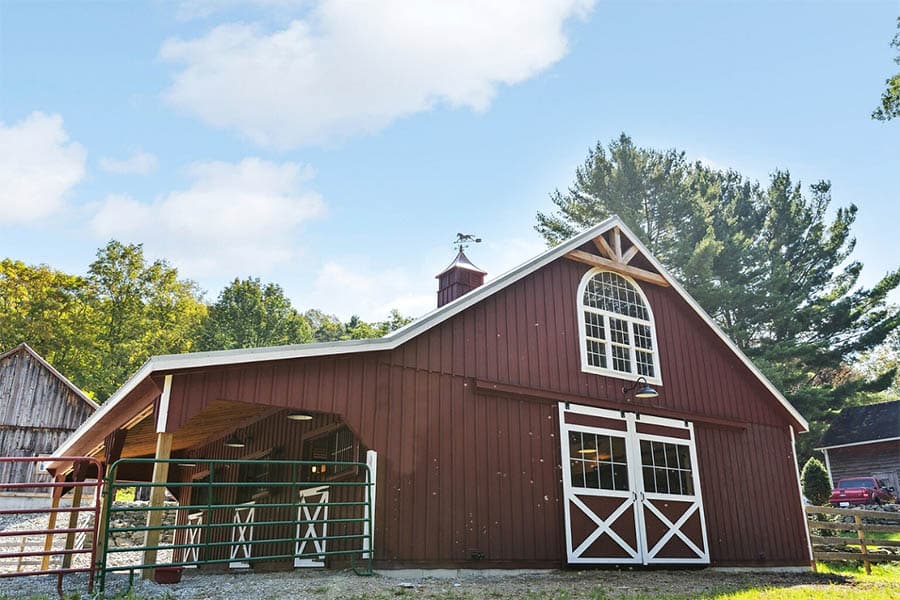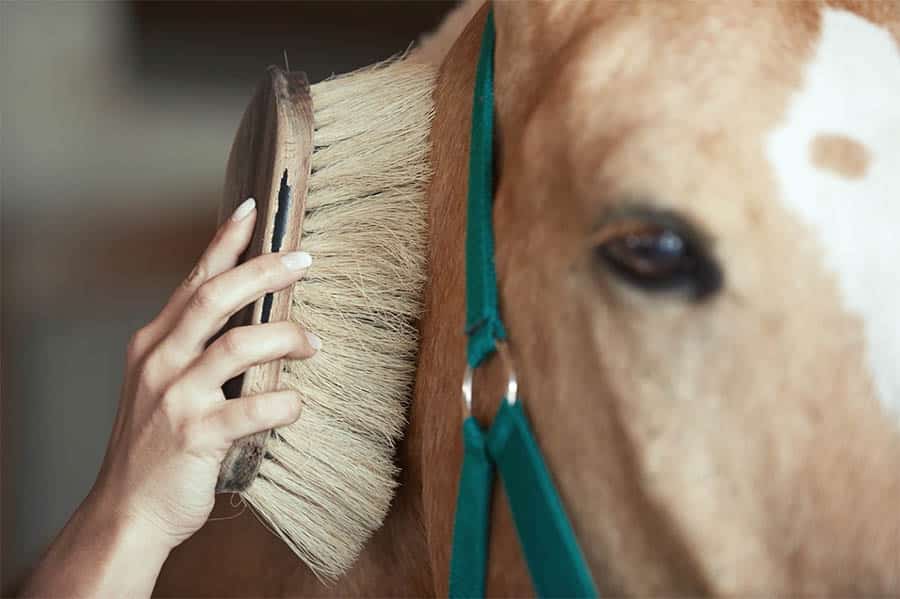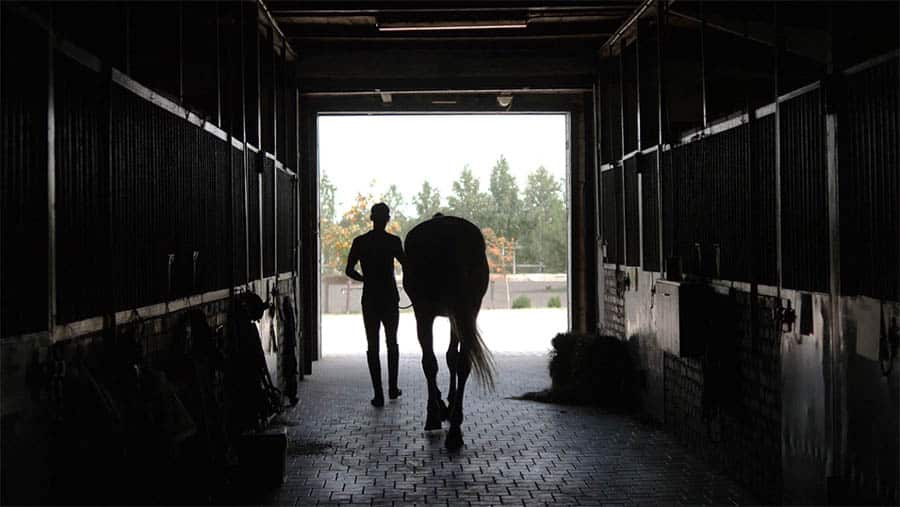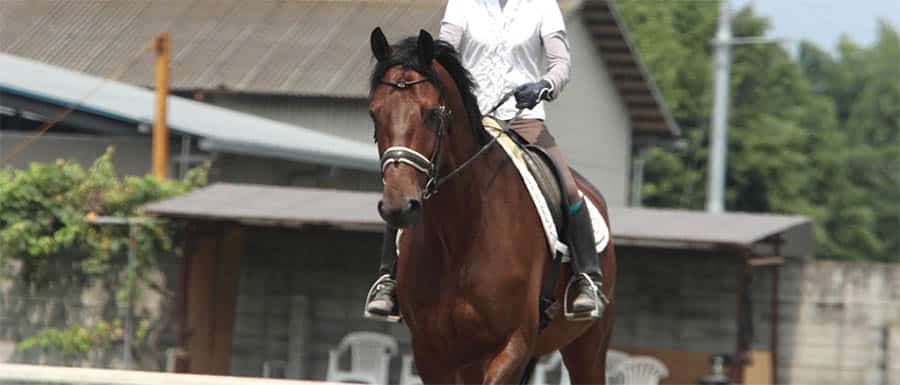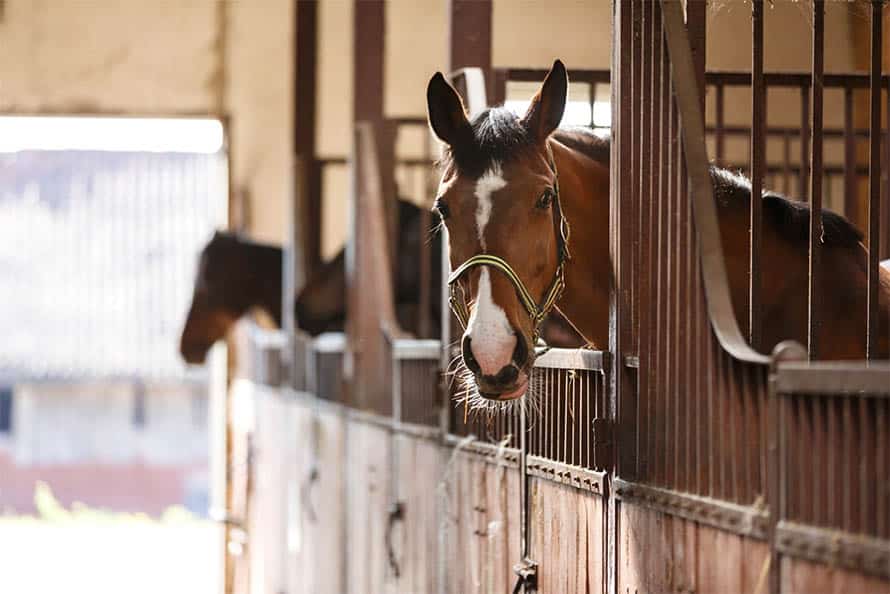If you’re thinking of adopting a dog, you should be commended for making one of the most critical decisions in your life. Partly because your home will never be dull again, and partly due to your profound expression of humanity in offering care and shelter to an animal that might otherwise wind up homeless.
But as you conduct your search for the best breeders or shelter homes to acquire a dog from, you can’t help but wonder how you’ll integrate the dog into your home. Indeed, assisting your newly-acquired canine friend to adjust to a new home, which now happens to be your home, isn’t a walk in the park.
Well, you don’t need to fret, as we’ve done the research for you and uncovered some of the best ways to go about this seemingly arduous task. The following are the top five dog adoption tips and methods to help your dog acclimatize to its new environment.
1. Breeder vs. Rescue Homes
One of the most distressing dilemmas that many pet parents face when looking for a dog is whether to acquire the animal from a breeder or rescue home. If you are interacting with dogs for the first time, experts recommend buying the animal from a reputable breeder. That way, you can get access to a detailed historical and medical profile of the dog. Some of these include the dog’s parent breeds, any genetic disorders, how well the dog is socialized, and other aspects that might determine how it acclimatizes to its new home.
There’s a common perception that breeders kill the chances of shelter dogs by ensuring that shelter dogs wind up either on the streets or euthanized. Obviously, dog breeders aren’t directly culpable for the sorry state of affairs that shelter dogs are normally subjected to. So, don’t let these clichés sway you into getting a dog that may face challenges adjusting to its new home.
2. Go Easy On Introductions
After bringing the dog home, your next challenge is introducing it to other members of the household. First, choose a neutral area to conduct the introductions, to avoid dominance issues. An example of a neutral area is in your backyard or other large, unfenced space. The idea is that the dog should have a way of escaping the scene if it feels threatened.
Also, introduce the dog to one member of the family at a time. On the first day, avoid close contact between the dog and the subject you’re presenting it to. As time goes by, you can encourage more sniffing, head-butting, and closer proximity.
3. Give the Dog Its Own Space
Even after the introductions, your dog might still feel a bit shy and reserved about interacting with the other members of the household. Therefore, you should consider getting one of the best dog beds or designate a safe spot where your canine friend can retreat to whenever it feels tired or threatened.
Depending on the dog breed you acquire, the animal may love or be averse to cuddling. Dogs that don’t like to be petted often look for solace and reassurance in a safe spot in your home. After setting aside a safe spot, supply it with the requisite convenience facilities, which include a comfortable bed, stuffed toys, food dispensing toys, and other treats.
4. Beware of Separation Anxiety
Like humans, dogs also suffer various anxiety disorders, and separation anxiety is one of the most common ones. The condition occurs when you are always gone so that you have limited time to socialize with your dog. Some of the common symptoms of separation anxiety include irritable behavior, destructive chewing, and aberrant potty habits.
Separation anxiety can be exacerbated by the fact that a dog is also struggling to adjust to its new surroundings. If you just acquired a dog, it’s advisable that you take some days off your busy schedules to socialize with your pooch. And whenever you’re gone, be sure to leave your TV, radio, and lights on, as well as enough toys to keep the dog physically and mentally stimulated. If it comes to it, you might even consider hiring a pet carer.
5. Be Ready for Gastrointestinal Issues
Dogs are creatures of habit, and a slight disruption in their routines might have far-reaching implications. As the dog changes homes, it’s also likely going to change diets, and that comes with certain GI side effects. If your dog displays symptoms like nausea, vomiting, and diarrhea, understand that these signs are only there for a spell.
The convention is to go slow on exotic diets at first, and only offer the dog regular pet food. If you can, contact the breeder and enquire about the diet the dog was on prior to adoption. As you do that, also implement certain home remedies that might help to relieve these digestive complications.
If you are planning to acquire a new dog, you should also plan to make some drastic changes in your routines to accommodate this new adorable member of the family. Remember, it’s natural for the dog to face myriads of challenges trying to cope up with the new settings at first.




